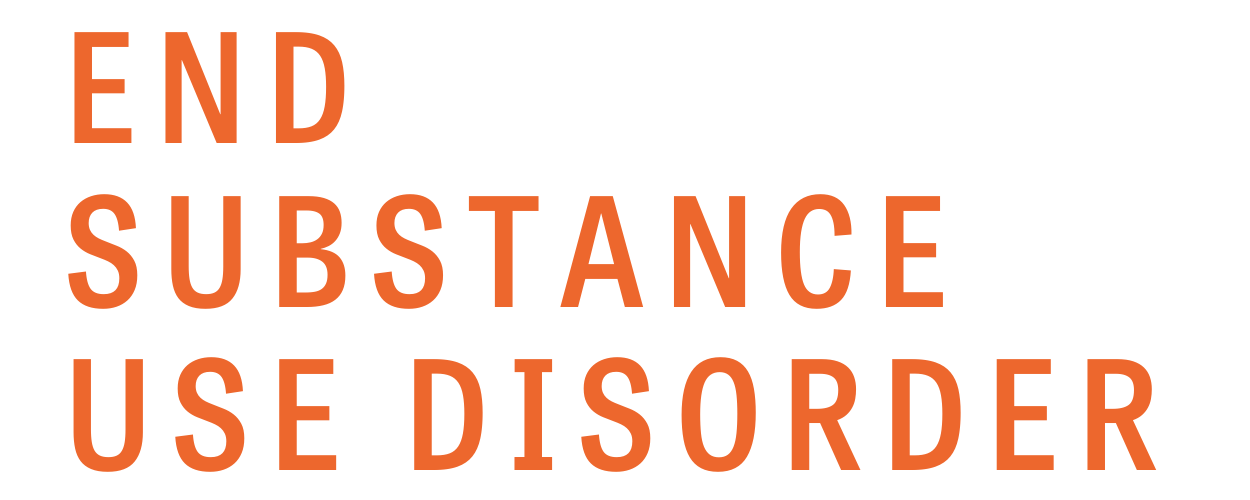Research & Policy
The Mainstreaming Addiction Treatment Act: Expanding education.
Overview
Medical providers routinely learn how to treat new conditions.
But the federal government prohibits medical providers from learning how to treat opioid use disorder as they do other conditions.
These training protocols are ineffective, foster stigma towards patients with opioid use disorder, and impose barriers to patients accessing lifesaving care. Nearly 7 in 10 physicians surveyed state that the federal training protocols discourage them from prescribing buprenorphine to patients with opioid use disorder.
Instead, mentorship support, continuing medical education, and graduate school training on how to treat substance use disorder would increase the number of healthcare providers who prescribe this lifesaving treatment. These education resources already exist through standard medical societies. And, the federal government already funds many of these courses and mentorship resources.
The Mainstreaming Addiction Treatment Act expands access to these effective training resources by removing the ineffective current training requirement and launching a national education campaign to connect healthcare providers to these free, publicly available resources on best practices for treating substance use disorder.
Problem
Healthcare providers routinely learn how to treat new conditions. COVID-19 has shown how healthcare providers incorporate ongoing education into their medical practices so they can ensure that their patients receive up-to-date, quality care.But the federal government prohibits healthcare providers from learning how to treat opioid use disorder as they do other conditions. Under federal law, healthcare providers who treat more than 30 patients at a time with buprenorphine must complete 8-24 hours of training on the medication.
These training protocols impose barriers to patients accessing lifesaving treatment. The National Academy of Sciences, Engineering, and Medicine has noted that “the waiver training itself is clinically irrelevant to [medical providers’] day-to-day practice.”
1
2
3
In addition, the federal training requirement stigmatizes patients with substance use disorder. Three-quarters of healthcare providers surveyed describe stigma towards patients with opioid use disorder as a reason that more healthcare providers do not prescribe buprenorphine.
4
5
6
For these reasons, the National Academy of Sciences, Engineering, and Medicine has called for Congress to remove the training requirement.
7
Instead of federally mandated one- to three-day trainings, medical providers report that mentorship and continuing medical education courses would increase their likelihood of prescribing buprenorphine for opioid use disorder.
8
9
In addition, graduate schools can expand training on providing medications for opioid use disorder. While only 1 in 191 medical schools provide the full 8-hour federally-mandated training to prescribe buprenorphine for opioid use disorder, nearly 9 of 10 medical schools provide curricula on how to identify and treat substance use disorder.
10
Effective, high-quality education for healthcare providers on how to treat patients with substance use disorder already exists, but the current federal training requirement discourages healthcare providers from treating substance use disorder.
Solution
The Mainstreaming Addiction Treatment Act expands access to effective education on substance use disorder. The bill removes the current ineffective training requirement. In its place, the Mainstreaming Addiction Treatment Act launches a national education campaign to connect medical providers to publicly available training resources on best practices for treating opioid use disorder.
